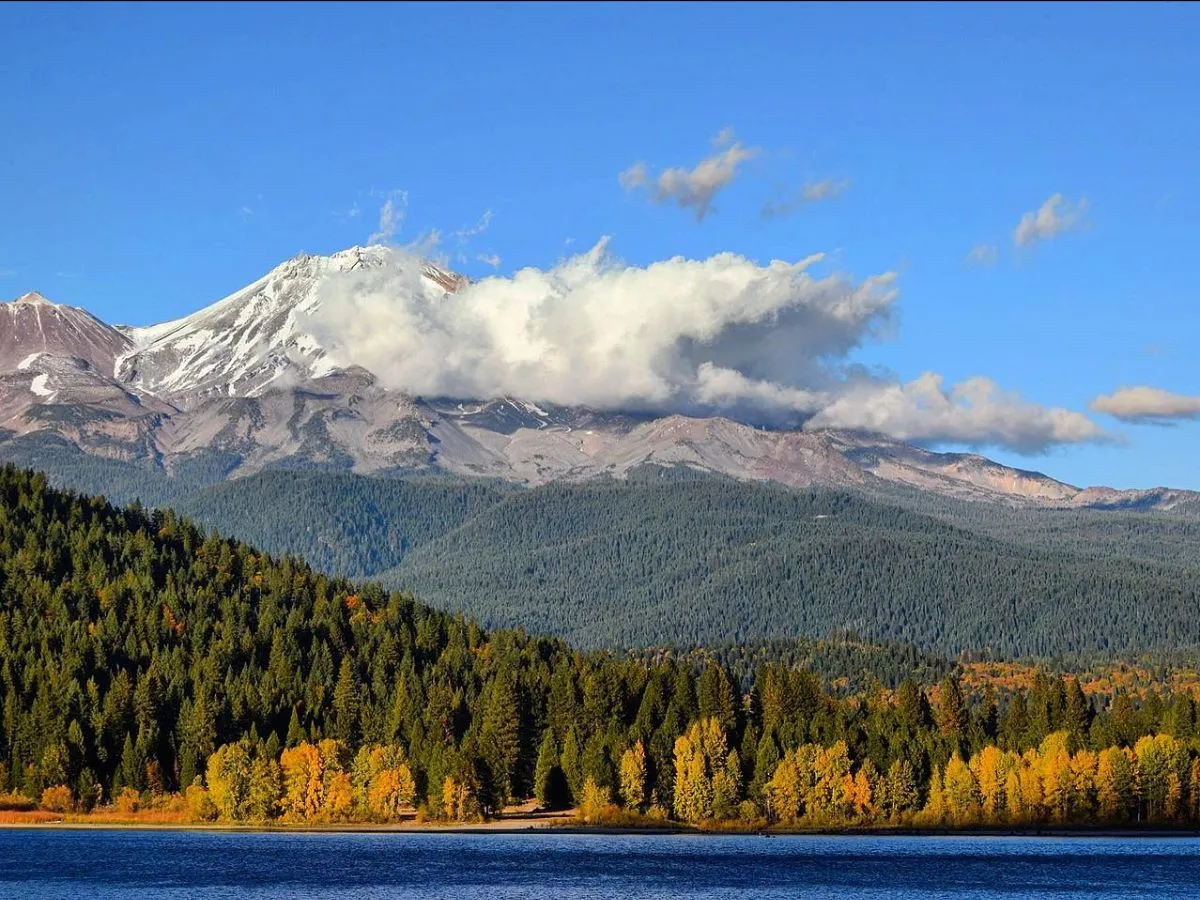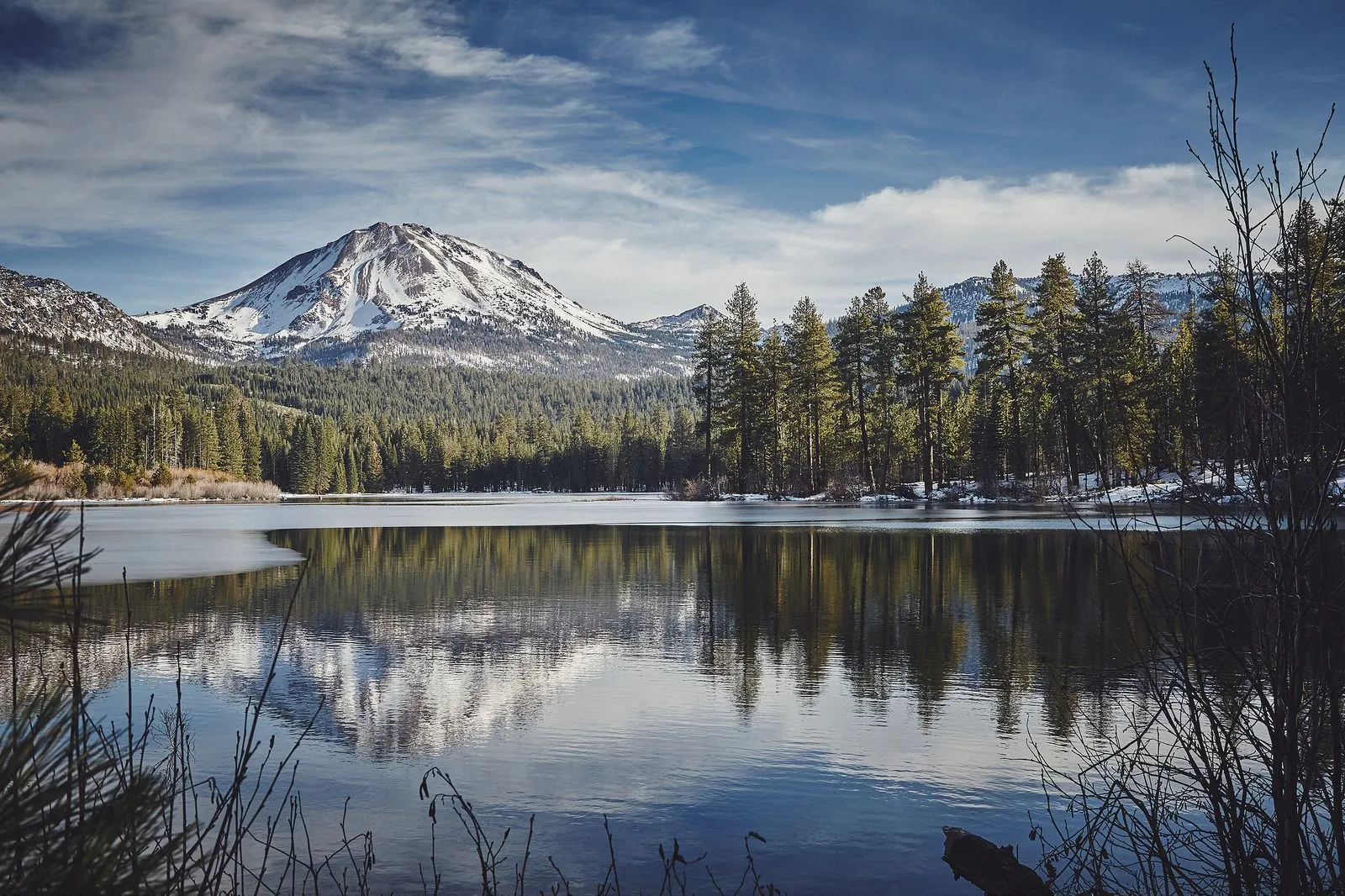Why Secluded Forest Estates Are the New Oceanfront: Unlocking the Hidden Value of Nature-Adjacent Properties
It's a compelling point to compare your property near Shasta Trinity National Forest with oceanfront property, and you bring up valid distinctions that could enhance the long-term value of your estate. While oceanfront property is highly valuable due to its unique access to natural beauty and recreational opportunities, it also comes with challenges like erosion, natural disasters, and overcrowding. In contrast, your property benefits from:
Key Advantages of Your Estate:
1. Proximity to Vast Public Land: The Shasta Trinity National Forest offers 2.2 million acres of preserved nature, allowing for a unique sense of privacy, seclusion, and access to a wealth of recreational activities like hiking, camping, and exploring, without the limitations of coastal erosion or storms.
2. Lower Environmental Risks: Your property isn't subject to the coastal risks of high tides, hurricanes, or shoreline erosion, which can affect the long-term stability and usability of oceanfront homes.
3. Limited Public Access: With fewer people traversing the area, as opposed to oceanfront properties that often have high foot traffic, your property offers a more private and exclusive experience, which is a strong selling point for potential buyers looking for tranquility and space.
4. Unique and Expansive Views: While oceanfront properties offer expansive ocean views, your property offers unique, vast mountain and forest views, which can be equally, if not more, appealing to nature lovers, outdoor enthusiasts, and those seeking a different type of scenic beauty.
5. Sustainability and Preservation: Forest properties, especially those near protected national lands, have the added allure of environmental sustainability and the assurance that the surrounding landscape will remain relatively untouched by future development. This can appeal to buyers who prioritize long-term preservation of natural beauty.
Real Estate Trends and Value Growth:
- Unique Selling Points: Just as oceanfront properties are highly sought after for their natural beauty and exclusivity, properties like yours—bordering vast natural reserves—can command a premium due to their unique selling points, such as seclusion, access to nature, and reduced environmental risks.
- Demand for Seclusion and Nature: As more people seek properties offering privacy and access to nature, especially in post-pandemic times when remote work is more common, demand for rural estates, mountain retreats, and properties near national parks has surged. This trend could increase the value of properties like yours.
- Scarcity and Long-Term Value: Similar to oceanfront properties, properties near national forests are scarce and cannot be easily replicated. The combination of limited supply and high demand for such unique environments could likely drive up property values over time.
Challenges to Consider:
- Accessibility and Development: The relative remoteness of your property may affect its appeal depending on buyer preferences. However, as urban areas become more crowded and people seek alternatives, this remoteness may become a selling point rather than a disadvantage.
- Market Conditions: Like all real estate, the value of your property is subject to general market conditions, interest rates, and broader economic factors. However, as land near protected natural resources remains scarce and development in these areas is limited, the long-term trend is likely to favor appreciation. RLE is “Buy and Hold” so we are not subject to market changes in value, need for liquidity, or capital gains, realtor fees, escrow and closing costs.
Conclusion:
It's reasonable to assume that the value of your property, given its proximity to the vast and protected Shasta Trinity National Forest, could follow a trend similar to high-value oceanfront properties, especially given the growing demand for secluded, nature-oriented lifestyles. The unique advantages your property offers in terms of privacy, natural beauty, and lower environmental risks position it well for long-term value growth.








